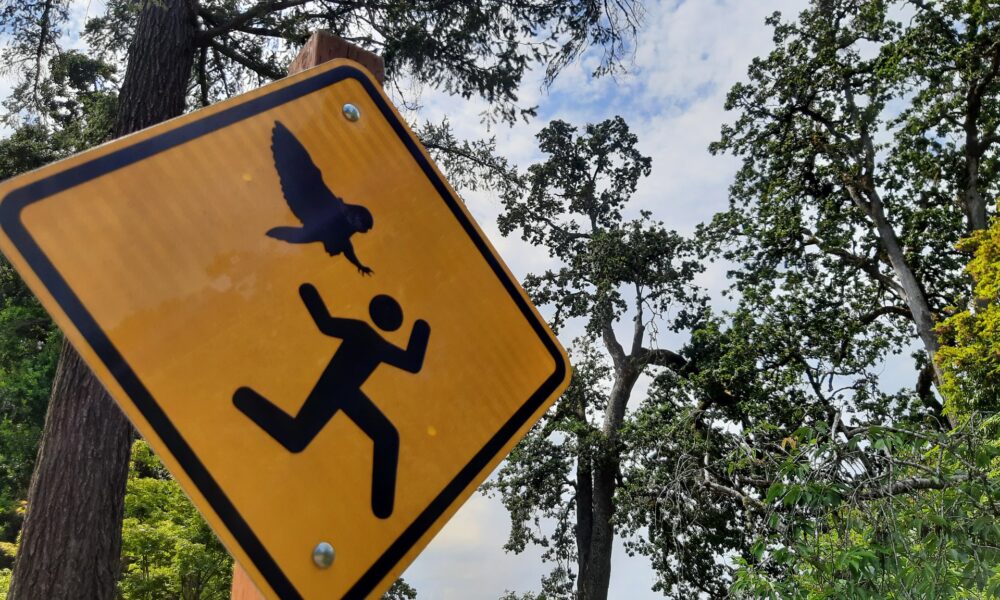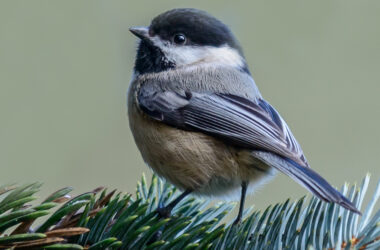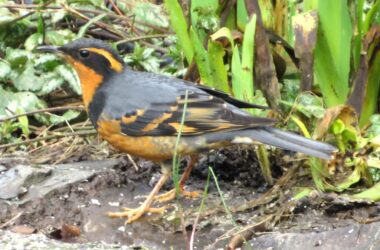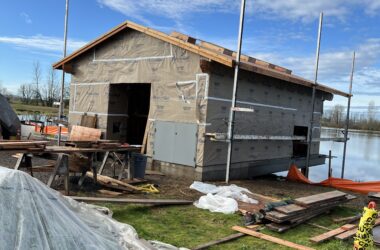Editor’s note: After a reader reported an owl attack near Bush’s Pasture Park, Salem Reporter asked local bird expert Harry Fuller to investigate. This story was updated with a second account of a recent attack.
I spoke with Rod. He often walks around Bush’s Pasture Park and along High Street late in the day. His attack was late on an afternoon the weekend of Dec. 16-17. The first strike came along High Street on the first block north of Bush’s Pasture. The owl hit the back of Rod’s head with its talons. That attack drew blood. Then the owl landed in front of its target and looked down on Rod — in every sense of that phrase.
Rod then turned down Leslie Street, and the owl flew a second sortie. This time Rod saw an approaching shadow in the street light. He ducked in time. There was no contact as the attacker silently flew past.
From Rod’s description this was likely a great horned owl. When angry this owl’s tufts are raised to the max, and between attacks this owl perched in front of Rod and gave the owl-stare.
This owl attack was likely a message: “Get outta my territory!” Great horned owl talons, for the record, are razor-sharp and two inches long. There are four on each foot. Nocturnal owls succeed because of their silent flight and stealth. There is not likely to be a call or warning sound before any attack.
I visited the scene and there are three large conifers along that specific block of High Street. Any one could conceal an owl or owl’s nest. Owls do not construct a nest. They take what they can find. Great horned owls may use old squirrel or hawk nests, platforms built for osprey, ledges, cliff faces, beams in barns or other open-ended buildings.
This is also the time of year when a pair will have chosen a nest site. Eggs can be laid as early as January. If there is a nest near the attack site, a territorial imperative was compelling the owl to warn off the large, slow-moving predator walking nearby.
One theory for this early nesting season is that hunting is easier for these large birds when so many plants are dormant or leafless; when grass and weeds are low. Those conditions make the owls’ silent strike so much easier and deadlier. One smaller owl, dependent on moths and other insect prey, waits until mid-summer to nest. That’s the screech-owl. Much bird behavior is centered around food. Sorta like our species.
Trevor Smith, public information officer for Salem parks, said the only recent report of an owl attack had come from Rod. Heads up and hat on if you’re in the neighborhood at dusk or dark.
The City of Salem issued this warning on Facebook.
A second man, Andrew Stephens, reported an owl attack after this column was published. He wrote:
“I was walking back from downtown last Friday (Dec. 15) around midnight going south on Church Street near Leslie when I felt something hit the back of my head. I had my hood up and thought it was a person at first but no one was around. I then saw the owl flying towards me again and it stopped and went into a tree. It didn’t do anything after that and I kept walking.”
For information about upcoming Salem Audubon programs and activities, see www.salemaudubon.org, or Salem Audubon’s Facebook page.
Harry Fuller is an Oregon birder and natural history author of “Freeway Birding” and the newly-published “Birding Harney County.” He is a member of the Salem Audubon Society. Contact him at [email protected] or atowhee.blog. His “Some Fascinating Things About Birds” column appears regularly in Salem Reporter.
STORY TIP OR IDEA? Send an email to Salem Reporter’s news team: [email protected].
SUPPORT OUR WORK – We depend on subscribers for resources to report on Salem with care and depth, fairness and accuracy. Subscribe today to get our daily newsletters and more. Click I want to subscribe!
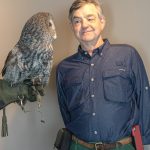
Harry Fuller is an Oregon birder and natural history author of three books: “Freeway Birding,” "Great Gray Owls of California, Oregon and Washington," and "San Francisco's Natural History--Sand Dunes to Streetcars." He leads birding trips for the Malheur Field Station. He is a member of the Salem Audubon Society, and leads bird trips locally. Harry has just published a new book, BIrding Harney County.

